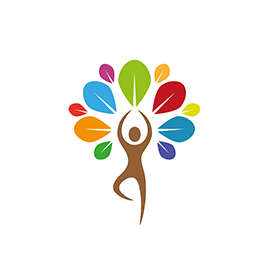Today, there are so many teachers and styles of yoga, the odds of finding one you like are solid. The right teacher makes all the difference.
Shop around for the style, class and teacher that works for you. Most studios offer introductory specials that allow you to sample several different classes for a discounted rate — 10 days for $20, one month for $50, etc. Sample different classes and teachers.
Finally, ask friends for suggestions and consider these questions when assessing whether a teacher is the right one for you.
Is the teacher knowledgeable?
A strong teacher understands anatomy and is able to communicate that knowledge to keep you safe and progressing while also having the confidence to say, “I don’t know; here’s how we can find out.”
Is the teacher aware?
Instructors who are paying attention to the whole room offer modifications and variations for different conditions and levels. They will suggest using props and offer accessible steps to help you approach postures. Listen for cues like, “If your hamstrings are tight, try this” and “If this is comfortable for you, make it more challenging with this.”
Is it a balanced class?
Consider whether or not you feel overstretched or overworked in one part of the body. Most classes will have a physical focus — hip openers, twists, backbends — but a strong teacher offers postures to counter that focus and leave students feeling balanced.
Are you learning?
No matter what it is you want to learn — inversions, meditation techniques, new breathing exercises — you want to find a teacher who will help you work toward your goals, advance your practice and guide you on the journey.
Does the teacher respect boundaries?
This may be the boundaries of your body or the boundaries of the teacher-student relationship. A good teacher encourages you to work toward your edge, not past it. The instructor guides you in your practice but doesn’t impose personal expectations on you.
Yoga teachers can’t help you recover from an injury, practice safely or adjust a pose if they don’t know what is going on with your body. If you are coming back after a broken ankle, have perpetually tight hamstrings, deal with blood pressure issues, have low-back problems or are pregnant, let your instructor know. Your instructor can’t give you medical clearance to practice and should not offer medical advice, but you should receive appropriate modifications and be guided through a safe practice.
Are you motivated and inspired?
Good teachers help you work toward the edge — the point where you are challenged but still safe — and never push you over it. They guide you in your practice so you leave class feeling uplifted, encouraged and better than when you walked in the door.
Last, but not least, trust your instincts.


